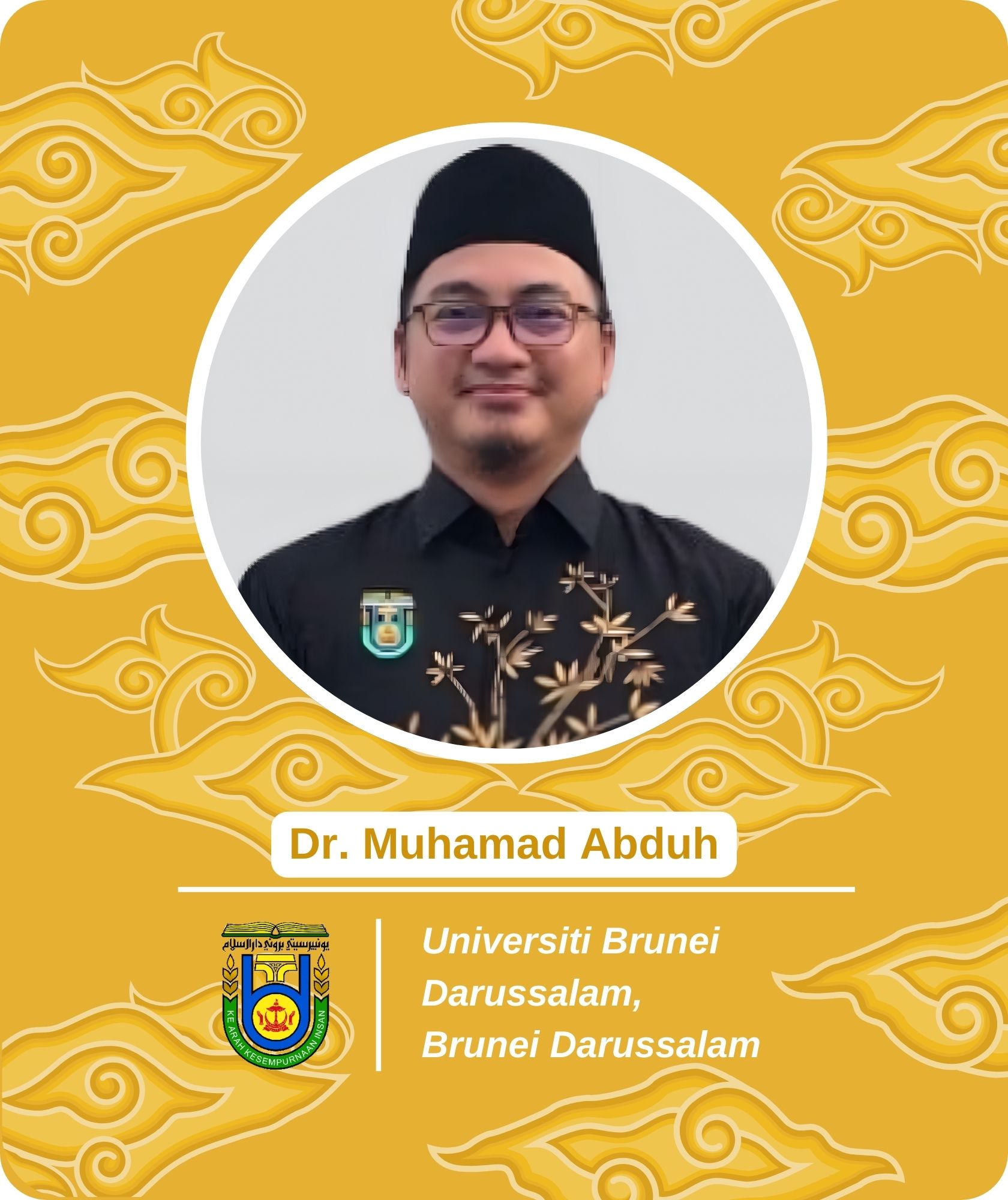First Report on Artificial Fertilization Techniques in Bronze Featherback (Notopterus notopterus): A Preliminary Study on Hormone Injection and Hatching Success
Abstract
This preliminary study explores the application of artificial fertilization techniques in the bronze featherback (Notopterus notopterus) using hormone-induced spawning with Ovaprim. The research aims to assess the effectiveness of hormone injections, the timing of egg stripping, and hatching success under controlled water quality conditions. Two female broodstock were administered different dosages of Ovaprim, and after a latency period of 41 hours, egg stripping was successfully performed. Fertilization rates of 30% and 11.23% were recorded for the first and second females, respectively, with only a 0.52% hatching success for the first female, while no larvae hatched from the second. Although water quality parameters, such as temperature, pH, conductivity, and total dissolved solids, were within acceptable ranges, the low hatching rate suggests additional factors, like ammonia levels and dissolved oxygen, may have influenced embryonic development. This study provides a foundational understanding of artificial reproduction techniques for N. notopterus, highlighting the need for further refinement in hormone protocols, sperm viability, and environmental conditions to improve fertilization and hatching outcomes. These findings contribute to the development of aquaculture practices aimed at conserving this ecologically significant species and ensuring its sustainability in the wild.




















